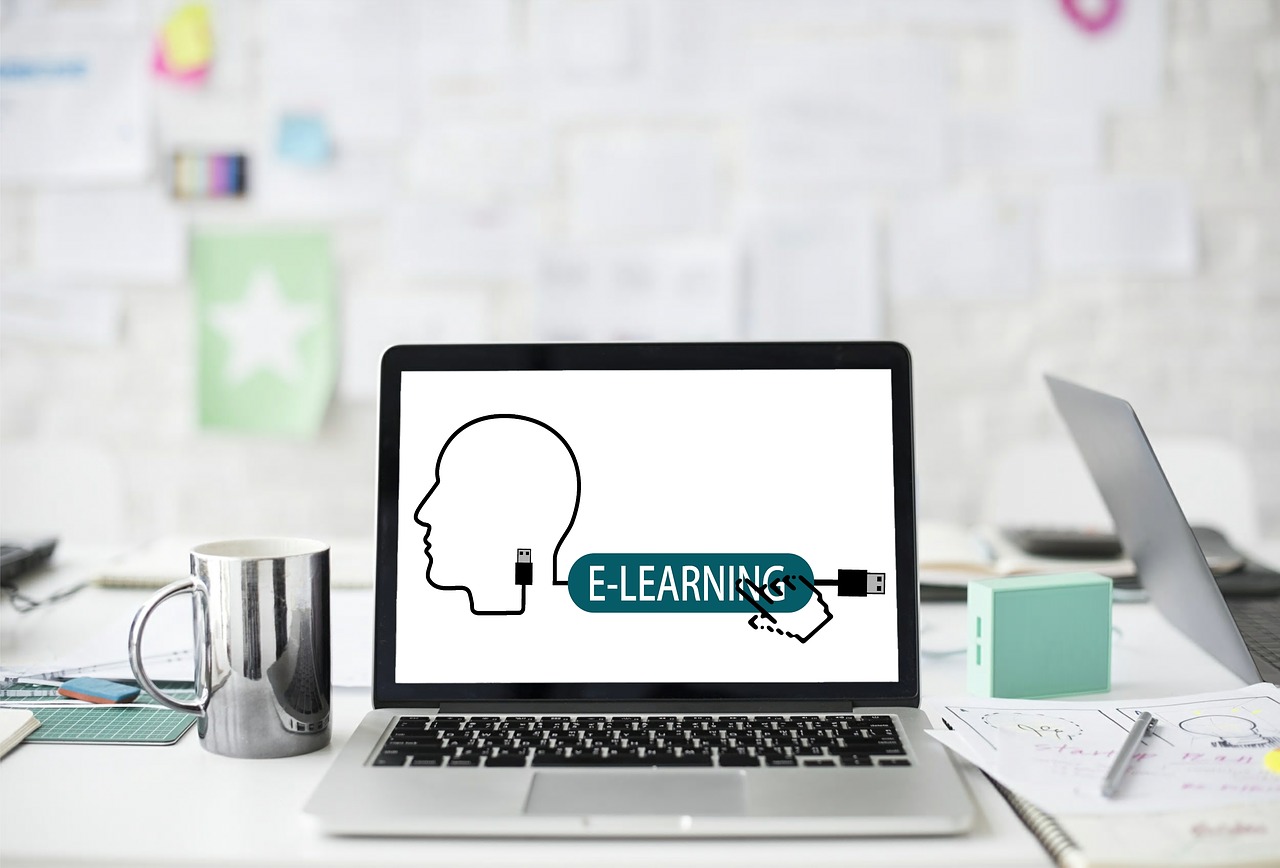
LMSs are the most efficient platforms to offer anytime-anywhere training to the learners, and for the organisations, too, it is quite a cost-effective way to get their employees trained in less time. But still, building an LMS can never guarantee you that it will provide efficient training, as there are several mistakes that can lead to the inefficiency and loss of good money for the LMS creators. So here are some of the mistakes that you must avoid while creating an eLearning platform:
Not Setting the Goals: This is the worst mistake that anyone can do when planning to build any project. Not only an LMS but any of the project without a goal is never as successful, as it can be with goals. Goals are like a guide to success, and with them, you are able to find the right path and strategies to create an efficient product, which not only can save your time and efforts, but also the money. So before starting off to build an LMS, you must figure out, what you want to achieve with the eLearning platform you are creating, who will it target to, and what should be the results. This way, you can create an LMS that is effective and scalable. Not setting the goal can be a shot in the dark, and the process of development becomes complex, resulting in an unfit eLearning platform.
Unfocused, Unclear Content: Since a particular LMS is for a particular group of people, the content has to be audience-centric. You cannot create some random content and expect it to be useful for your audience. The content should be clear enough to make the learners understand it better and learn faster. To make the content relevant and clear, you can hire a team of professionals. Hiring professionals is the best way to create the content which is informative and focussed on the purpose of the LMS. LMSs are built to provide productive ways to learn, saving the time of the learners. So without a focussed and clear content, this is unachievable.
Lack Of Interactivity: The process of learning is better with interactivity, as reading does not always mean learning. When reading is combined with interactive elements, like discussions, quiz, video or audio element, etc., it results in productive learning and leads to maximum engagement. Interactivity makes the courses interesting, helps the learners concentrate better, and increases the pace of learning. Since with LMS, most of the time, it’s self-study, it becomes important to include the interactive elements in it.
Lack of Responsive Design: The concept of LMS is to get out of the traditional mortar and brick education system and give the learner the ease to access the learning material from wherever they want, independent of the time and the device they are using. Smartphones, being the one portable and accessible device, is the first choice for every learner to access the courses online. But if your LMS is not responsive, the learner is again bound to access it from a particular place and through a desktop or laptop. The freedom of using the LMS independent of the time, place or device is no more there. It is the biggest turn off for the learner. So you cannot expect them to be regular and complete the courses on time.
Lack of Evaluation and Assessment Tools: The evaluation and assessment tools are good for tracking the performance and the learnings of the learner. Without those tools, it will become difficult for you to find out whether the learners took the tests as well as absorbed the information the way it should be, or not. These tools are also great for encouraging learners to do better every single time, as with these tools, they can also get an idea of their progress. Also, continuous feedbacks help the learners improve the area they scored less.
Lack of Scalability: In today’s time, technology is changing continuously. Not only the technology but with time, you will find out new learning requirements as well. So the product you are creating has to be future-ready and must be able to mix with the changing trends. Developing a high-end LMS already is an expensive task, so when you will need to make changes to a not-so-flexible LMS, the expenses can be even higher. This can also lead to creating another new eLearning platform based on the changing trends and requirements. So try to build an LMS which is scalable and can adapt to the new changes at the lowest cost.
Though it is obvious for the developers to make some mistakes while developing a complex and big project, if we are aware of some of the common ones, at least we can avoid them and build a scalable and efficient LMS.
If you are also dealing with some of the issues with your LMS, or aren’t sure about how to start the eLearning platform development feel free to contact the team Xornor. Xornor Technologies is one of the top e-Learning web development companies, having a team skilled enough to help you with any LMS projects with any complexity.